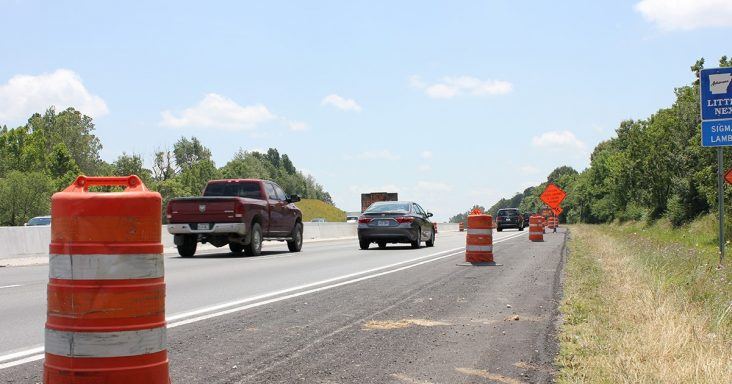Regional planners await INFRA grant decision
by May 4, 2018 10:45 am 704 views

The Northwest Arkansas Regional Planning Commission continues to await a decision from the U.S. Department of Transportation on grant money that would close the gap in Interstate 49 between Missouri and Arkansas.
A funding source has yet to be determined to complete a 4.8-mile segment of I-49 in Missouri to the state line, but in September, the planning commission approved applying for a $32.4 million federal grant that would pay for it. The grant money would come from the $1.5 billion Infrastructure for Rebuilding America (INFRA) program.
In March, U.S. Transportation Secretary Elaine Chao told Congress the DOT expects to award $1.56 billion in 2017 and 2018 INFRA grants by the start of June.
On March 9, the federal agency awarded nearly $500 million to 41 projects in the Transportation Investment Generating Economic Recovery (TIGER) program. On April 20, the DOT announced the $1.5 billion Better Utilizing Investments to Leverage Development (BUILD) program for fiscal 2018, and it replaces the TIGER program, which has provided $5.6 billion to 463 projects in the United States, Puerto Rico, Guam and the Virgin Islands since 2009. The BUILD program can support roads, bridges, transit, rail ports or intermodal transportation. Deadline to apply for the program is July 19.
“BUILD Transportation grants will help communities revitalize their surface transportation systems while also increasing support for rural areas to ensure that every region of our country benefits,” Chao said. At least 30% of the grant money must go toward rural projects.
Tim Conklin, transportation programs manager for the commission, previously said if the commission were to receive the grant money, it would allow for an 18.9-mile segment of I-49 to be completed in 2021 and open in 2022. This would allow for the completion of a 265-mile segment of I-49 between Kansas City, Mo., and Interstate 40 in Alma. In 1991, Congress designated the interstate stretch as high priority corridor No. 1 and as a future interstate.
